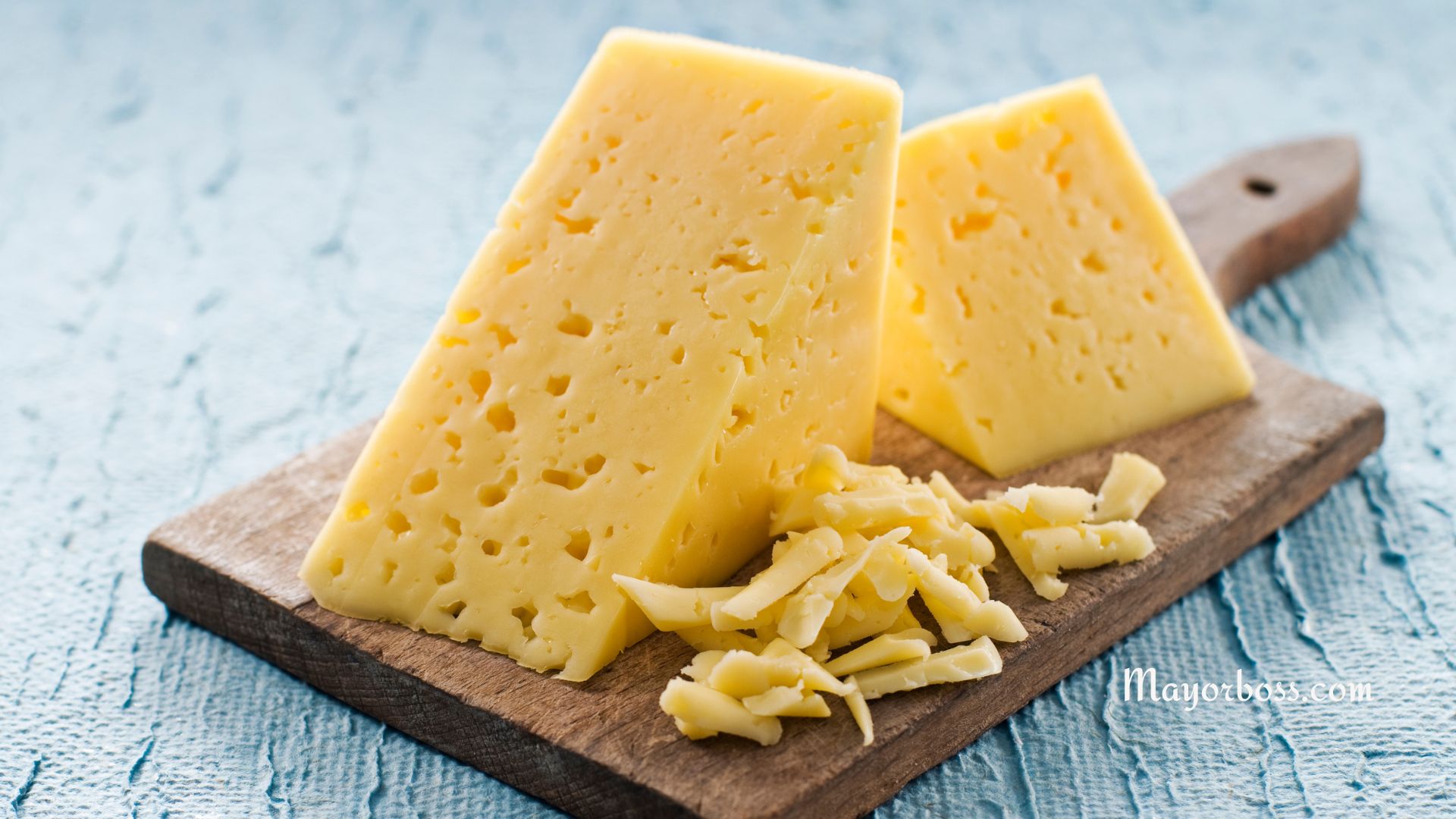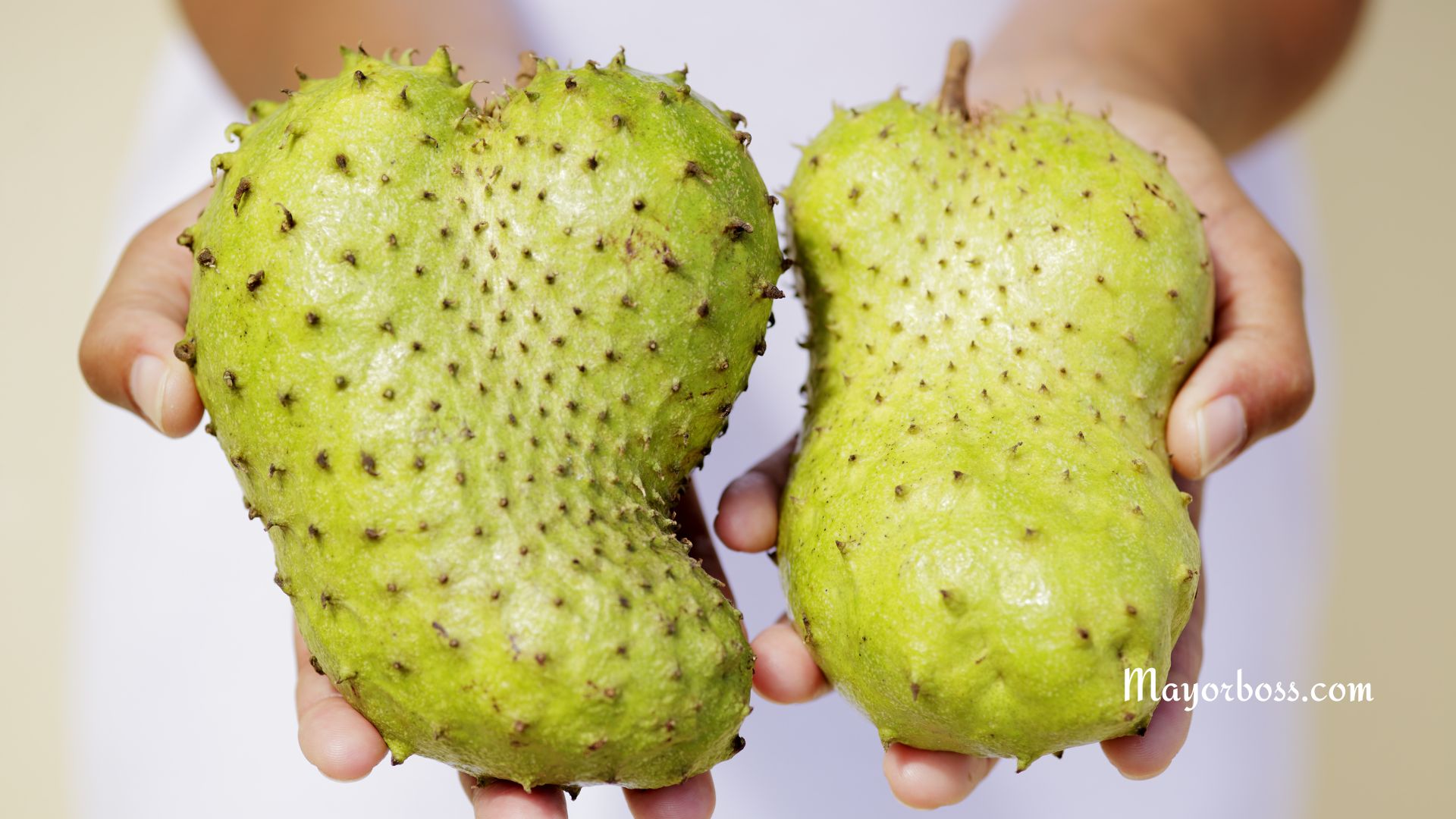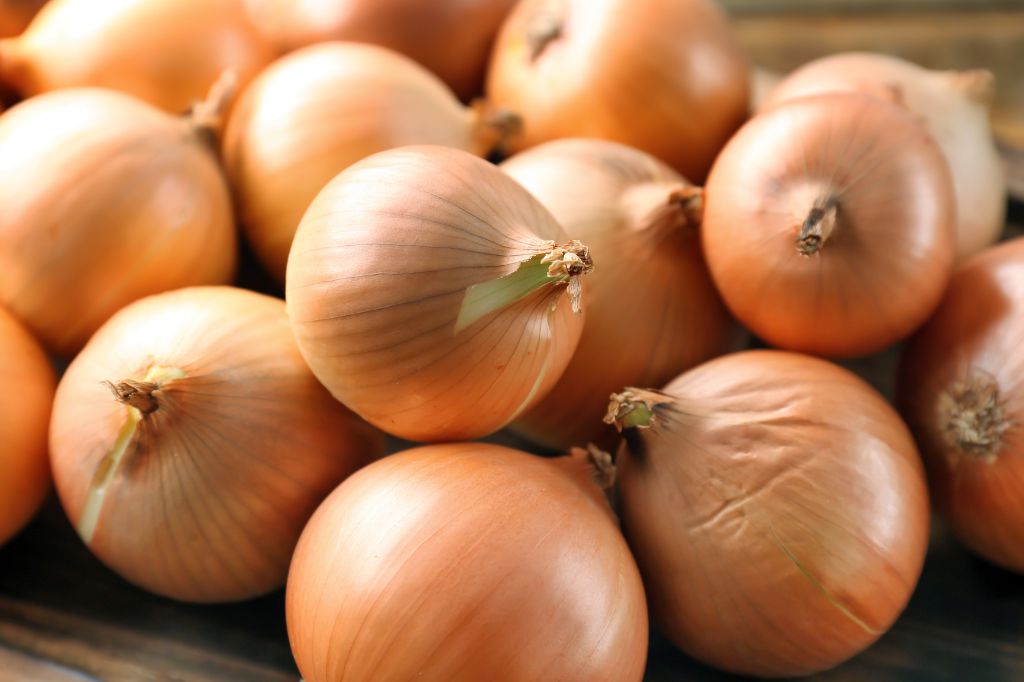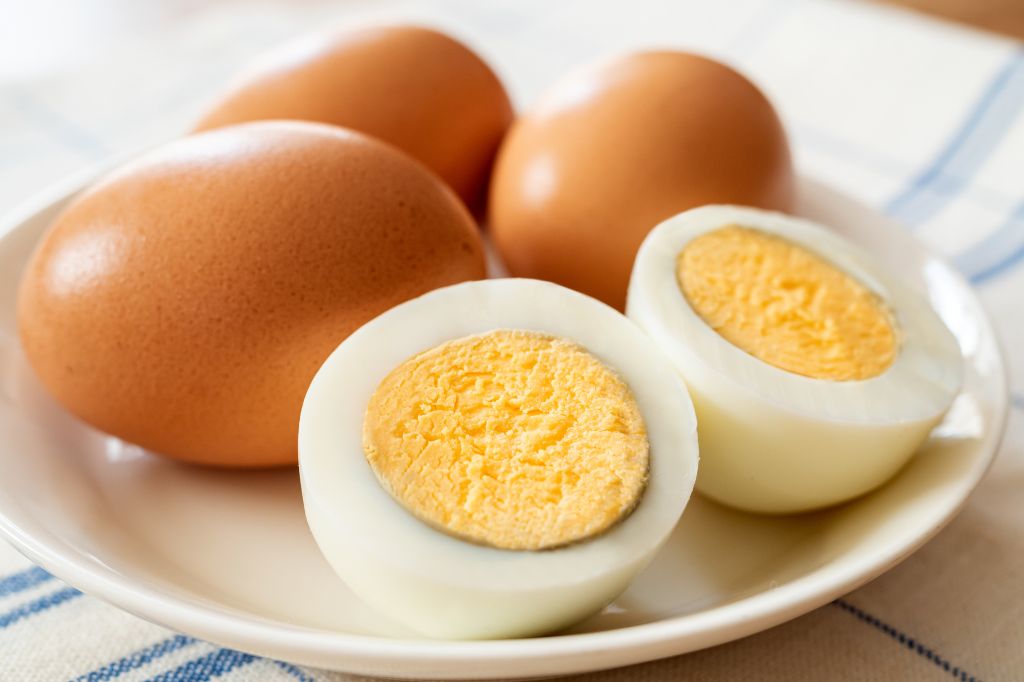Top Foods High in Calcium
Hey there! Are you on the hunt for the best foods high in calcium? Well, you’ve come to the right place! Calcium is an essential mineral that plays a significant role in maintaining strong bones and teeth, as well as supporting nerve and muscle function. This article details some of the top calcium-rich foods you can incorporate into your diet. So, let’s get started!

Dairy Products
When it comes to calcium, dairy products are often the first thing that comes to mind. And for a good reason! Foods like milk, cheese, and yogurt are packed with this essential mineral. For instance:
- A cup of milk provides around 300 mg of calcium.
- A slice of cheddar cheese contains about 200 mg.
- An 8-ounce serving of yogurt offers approximately 300 mg.
Keep in mind that lactose-free and non-dairy alternatives like almond milk and soy yogurt are also available for those with dietary restrictions.
Leafy Greens
If dairy isn’t your thing, don’t worry! Leafy greens are a fantastic non-dairy source of calcium. Some top contenders include:
- Kale: One cup of cooked kale delivers around 180 mg of calcium.
- Collard greens: A cup of cooked collard greens provides about 260 mg.
- Spinach: One cup of cooked spinach offers approximately 250 mg.
These tasty greens can be easily incorporated into salads, smoothies, or as a side dish to your main meal.
Fish
Fish, particularly canned varieties with edible bones, are another calcium powerhouse. Some popular options are:
- Sardines: A 3.75-ounce can of sardines supplies nearly 350 mg of calcium.
- Salmon: A 3-ounce serving of canned salmon contains around 180 mg.
Both sardines and salmon can be added to salads, sandwiches, or pasta dishes for a calcium boost.
Beans and Lentils
Beans and lentils are not only nutrient-dense and versatile, but they also provide a good dose of calcium. As plant-based sources, they’re perfect for vegetarians, vegans, and anyone looking to add more calcium to their diet. Some standout options include:
- White beans: One cup of cooked white beans contains around 130 mg of calcium.
- Chickpeas: A cup of cooked chickpeas offers approximately 80 mg.
- Lentils: One cup of cooked lentils provides about 40 mg of calcium.
These legumes can be easily incorporated into various dishes, from salads and stews to veggie burgers and curries. Plus, they’re a great source of fiber and protein, making them a nutritious addition to any meal.
Seeds and Nuts
Seeds and nuts may be small in size, but they pack a calcium punch. Some great choices include:
- Chia seeds: Two tablespoons offer about 180 mg of calcium.
- Almonds: A one-ounce serving provides approximately 80 mg.
- Sesame seeds: One one-ounce offer around 280 mg.
Sprinkle seeds on your yogurt or oatmeal, and enjoy nuts as a snack to increase your calcium intake.
Fortified Foods
Many everyday foods are fortified with calcium, making them an easy way to sneak more of this vital nutrient into your diet. Some examples are:
- Orange juice: An 8-ounce glass of calcium-fortified orange juice contains around 300 mg of calcium.
- Tofu: A half-cup serving of calcium-set tofu offers approximately 430 mg.
Remember to check the labels to ensure you’re choosing calcium-fortified options.
Fruits
While fruits might not be the first food group that comes to mind when thinking of calcium, some of them do contain a decent amount of this essential mineral. Here are a few fruity options to consider:
- Figs: A half-cup of dried figs provides around 120 mg of calcium.
- Oranges: One medium orange contains approximately 60 mg.
- Blackcurrants: A cup of fresh blackcurrants offers about 60 mg of calcium.
- Kiwi: One medium-sized kiwi supplies around 25 mg.
Now that you’re armed with a list of calcium-rich foods, it’s time to get creative in the kitchen! By incorporating these foods into your meals, you’ll be well on your way to building strong bones and maintaining optimal health. So, go ahead, and give your diet a calcium boost!
Further Reading: Symptoms of Low Calcium You Shouldn’t Ignore






